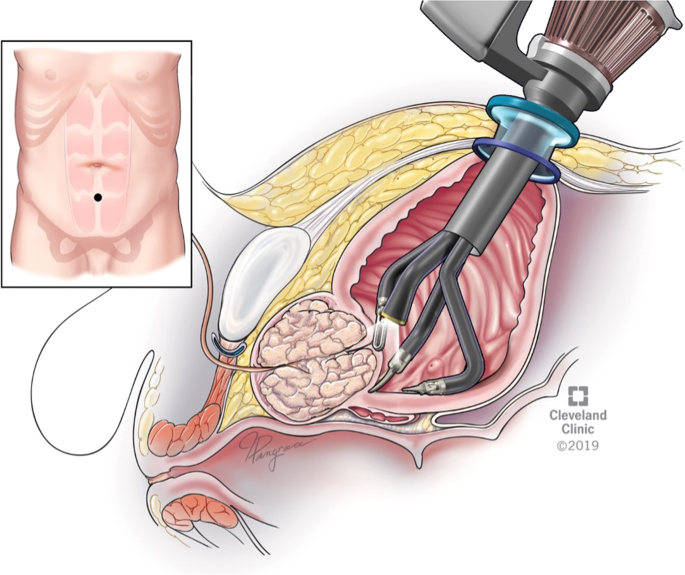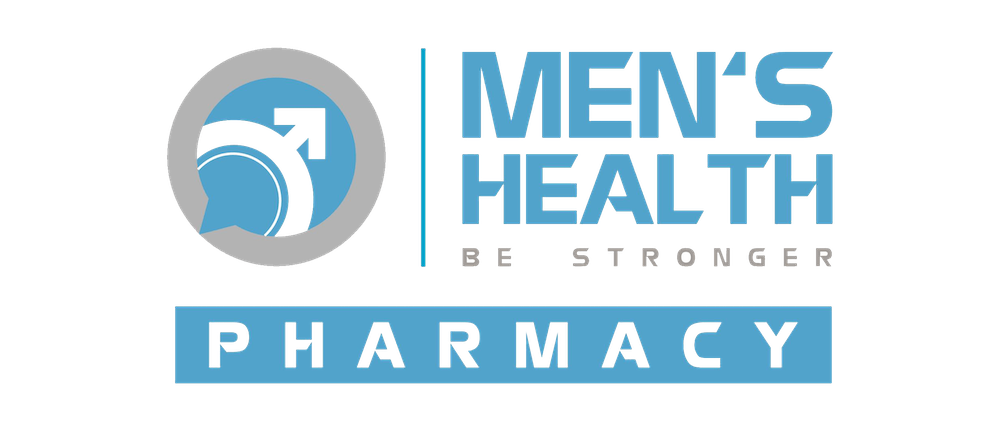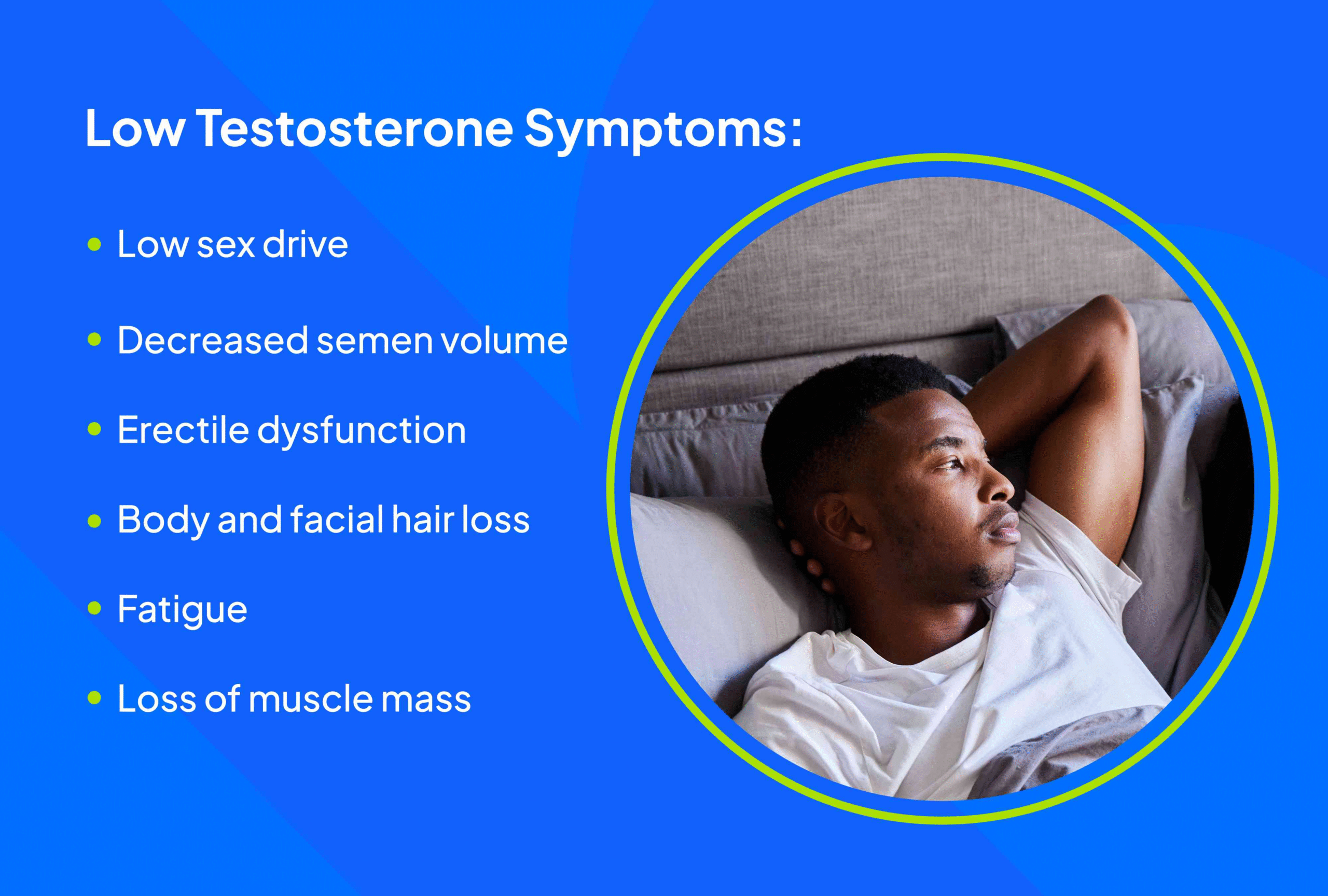Benign Prostatic Hyperplasia (BPH), or enlarged prostate, is one of the most common conditions affecting men over age 50. As the prostate grows, it compresses the urethra and disrupts urine flow, causing symptoms like weak stream, urgency, dribbling, and waking up multiple times at night.
While BPH is not cancer, untreated enlargement can significantly reduce quality of life, cause bladder strain, or lead to urinary retention. Fortunately, modern medicine offers a wide range of treatments—from simple daily medications to minimally invasive laser procedures and advanced surgical techniques.
This article explains each category in medical detail, helping men understand which treatment might be most suitable based on symptoms, prostate size, and overall health.

Medication-Based Treatment for BPH
Medication is typically the first line of treatment, especially for mild to moderate symptoms. The two most common medication classes target different mechanisms.
Alpha-Blockers
These drugs relax the smooth muscle in the prostate and bladder neck, improving urine flow.
Examples:
- Tamsulosin
- Alfuzosin
- Silodosin
- Doxazosin
- Terazosin
How they work
By relaxing muscle tension, alpha-blockers reduce obstruction without changing the actual size of the prostate.
Benefits
- Fast symptom relief (within days to weeks)
- Effective for small and medium-sized prostates
- Improve flow and reduce urgency
Possible side effects
- Dizziness or low blood pressure
- Retrograde ejaculation (semen flows into bladder)
- Nasal congestion
These side effects are usually manageable and reversible.

5-Alpha Reductase Inhibitors (5-ARIs)
These medications shrink the prostate over time by blocking the conversion of testosterone to DHT, a hormone that drives prostate growth.
Examples:
- Finasteride
- Dutasteride
How they work
The prostate gradually becomes smaller, reducing obstruction and lowering PSA levels.
Benefits
- Best for larger prostates (>30–40 grams)
- Reduce risk of urinary retention
- Lower likelihood of needing surgery
Drawbacks
- Slow results (3–6 months)
- Decreased libido or erectile changes in some men
- Reduced semen volume
Because they target gland size, these drugs work long-term but are rarely used alone for severe symptoms.
Combination Therapy
For many men with significant symptoms or enlarged prostates, doctors prescribe a combination of an alpha-blocker + a 5-ARI.
Advantages
- Faster relief (from alpha-blocker)
- Long-term size reduction (from 5-ARI)
- Proven success in reducing progression of BPH
Combination therapy is often used when prostate enlargement is obvious on ultrasound or exam.

Minimally Invasive Procedures and Laser Treatment
Modern techniques now offer effective, less invasive alternatives to traditional surgery. These are ideal for men who want strong symptom relief but prefer quicker recovery and minimal side effects.
Rezum™ Water Vapor Therapy
Uses steam energy to destroy excess prostate tissue.
Mechanism
Steam is injected into the prostate; heat disrupts prostate cells → body gradually absorbs them.
Benefits
- Outpatient procedure
- Preserves ejaculation better than some surgeries
- Suitable for moderate enlargement
Recovery
Symptom improvement seen in 4–12 weeks as tissue shrinks.
UroLift® System
Small implants are placed to pull apart prostate tissue obstructing the urethra.
Benefits
- No cutting or heating
- Very low risk of sexual side effects
- Fast recovery (1–2 days)
Limitations
Best for men with small–medium prostates and no large median lobe.
Laser Procedures
Laser therapy is increasingly popular for its precision, reduced bleeding, and quick recovery.
Common types:
HoLEP (Holmium Laser Enucleation of the Prostate)
One of the most effective treatments for large prostates.
- Removes whole lobes of the prostate
- Durable long-term results
- Treats even very enlarged glands (>100g)
GreenLight PVP Laser
Vaporizes prostate tissue using a high-powered green laser.
- Less bleeding
- Short hospital stay
- Good option for men on blood thinners
Thulium Laser Techniques (ThuLEP/ThuVEP)
Similar to HoLEP but with continuous-wave laser energy.
Advantages of laser approaches
- Less bleeding
- Catheter time is short
- Faster return to normal activity
Potential side effects
- Temporary burning
- Urinary urgency
- Ejaculatory changes (depending on technique)
Laser therapy has become a preferred option for many urologists, especially for moderate to large prostates.

Surgical Treatment for BPH
When medication or minimally invasive approaches are not enough—especially in severe obstruction or very enlarged prostates—surgery becomes the definitive treatment.

TURP (Transurethral Resection of the Prostate)
Often called the “gold standard,” TURP involves removing obstructive prostate tissue using an electric loop inserted through the urethra.
Benefits
- Highly effective symptom relief
- Long-standing track record
- Works for moderate to large prostates
Possible side effects
- Retrograde ejaculation (common)
- Temporary bleeding
- Short-term urinary urgency
- Rare risk of TUR syndrome
TURP remains a mainstay when durable results are required.
Simple Prostatectomy (Open, Robotic, or Laparoscopic
This is not removal of the entire prostate (as in cancer surgery) but removal of the enlarged inner portion.
When used
- For very large prostates (>100–150 grams)
- When other procedures are impractical
Approaches
- Open surgery
- Laparoscopic
- Robotic-assisted
Benefits
- Powerful symptom improvement
- Suitable for extremely large BPH cases
Drawbacks
- Longer recovery time
- Higher blood loss than laser procedures
Choosing the Right Treatment: Key Considerations
Selecting the best treatment depends on multiple medical factors:
- Prostate size
- Severity of symptoms
- PSA level
- Presence of a median lobe
- Age and overall health
- Desire to preserve ejaculation
- Response to previous treatments
Men with mild symptoms may do well with medication alone, while men with severe obstruction or very large prostates often benefit from laser enucleation (HoLEP) or surgery (TURP or prostatectomy).
Conclusion
BPH treatment options range from daily medications to advanced laser procedures and full surgical interventions. Understanding each method—its mechanism, benefits, and limitations—helps men make informed decisions and restore normal urinary function with minimal impact on sexual health.
With modern advancements, most men can find a treatment that fits their lifestyle, preserves quality of life, and provides lasting relief from BPH symptoms.





